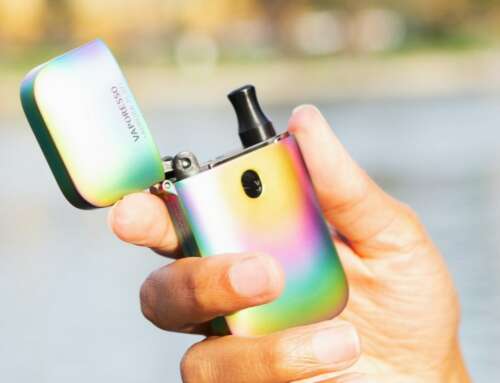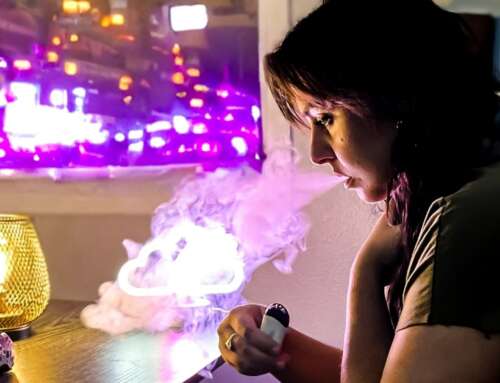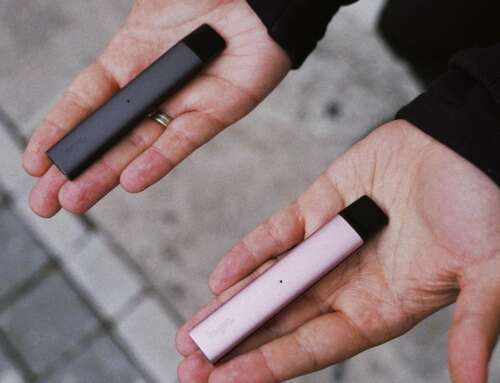Teenagers who use cannabis in their early teens are more likely to experience hallucinations or delusions. This is the findings of a new study conducted by John McGrath, M.D., Ph.D., F.R.A.N.Z.C.P., of the Queensland Brain Institute (QBI), University of Queensland, Australia.
Due to be published in May in the Archives of General Psychiatry, a medical Journal by the American Medical Association, this study details findings into the use of cannabis by young people.
Although Cannabis is illegal, up to 190 million people around the world use it. The United Nations estimates that about 4% of the adult population are cannabis smokers. For many years there has been debate about whether or not cannabis is harmful. It was reinstated to a class B drug in 2009, having been downgraded to a class C in 2004. It remains illegal in Australia and contains many of the same cancer-causing substances as tobacco.
Paul Dillon author of Teenagers, alcohol and drugs and Generation Next seminars speaker says “when we talk about mental health problems and cannabis, we are usually talking about schizophrenia, but in recent times there has also been much more discussion about whether the use of cannabis can lead to other problems, such as depression and anxiety”.
Funded by the National Health and Medical Research Council of Australia, the study took nearly 4,000 Australians born between 1981 and 1984. At the age of 21 years they were asked if they had ever used cannabis and were assessed for psychotic episodes.
McGrath found that “compared with those who had never used cannabis, young adults who had six or more years since first use of cannabis (i.e., who commenced use when around 15 years or younger) were twice as likely to develop a non-affective psychosis and were four times as likely to have high scores on the Peters et al Delusions Inventory (a measure of delusion)”. He went on to say “there was a ‘dose-response’ relationship between the variables of interest: the longer the duration since first cannabis use, the higher the risk of psychosis-related outcomes.”
They also studied a subgroup of 228 sibling pairs to assess the association between cannabis use and psychotic symptoms. The results showed that the association between the two persisted in this subgroup.
McGrath said these findings reduced the likelihood that the association was due to unmeasured shared genetic and or environmental influences. “We compared the duration since first cannabis use in one brother versus the other brother and we found a very consistent pattern that the duration of cannabis was linking to psychosis scores,” he said.
“So that allows us to tighten up the research a little bit more.”
THE RESULTS
At the 21-year follow-up the study found:
- 17.7% reported using cannabis for three years or less (18 years old when commenced)
- 16.2% reported using cannabis for four to five years (16 to 17 years old when commenced)
- 14.3% reported using cannabis for six years or more (15 years old or younger when commenced)
THE FINDINGS
- Teenagers who used cannabis for six years or more from the age of 14 were three times more likely of developing psychotic symptoms
- 65 received a diagnosis of ‘non-affective psychosis,’ such as schizophrenia
- 233 had at least one experience of hallucinations
- The longer the participants had been using cannabis the stronger was the association with multiple psychosis-related episodes
McGrath said that “the nature of the relationship between psychosis and cannabis use is by no means simple” and more research was needed to examine the mechanisms at work.
“We may have thought that cannabis is safe but in fact for young people in particular there are risks involved – and I think it’s important that young people know that if you use cannabis from an early age you do increase your risk of a psychotic disorder,” he said.
Writer Helen Splarn. Editor Dr Ramesh Manocha.
Source: McGrath J, Welham J, Scott J. “Association between cannabis use and psychosis-related outcomes using sibling pair analysis in a cohort of young adults”.







Our son commenced cannabis at 14.5 years and now at 17.5 years he is suffering from acute pyschosis. He left our residence at 16 years old. To have him assessed we applied for a JEO Justification Examination Order with the local Magistrates Court. When the Court signed off on this order it was then sent to Child Youth Mental Health Services for their consideration. Thanks go to a local Doctor who spent the time and effort by writing to CYMHS advising them our son was suffering from a mental illness and a regular user of a variety of drugs. This supported our case. CYMHS visited our residence within 48 hours and assessed our son. Four Police officers and 3 CYMHS staff attended. Our son was classified as an involuntary patient and admitted to hospital in a secure ward for 4.5 weeks. Unfortunately after two weeks of being an outpatient he smoked hydroponic cannabis. The symptoms returned immediately and over a period of 3 days his behaviour deteriorated. CYMHS and police attended our residence after conversations over the telephone of his behaviour with his CYMHS caseworker. He was readmitted to hospital and currently is still an inpatient after 15 days. Unfortunately the mental illness causes loss of insight where he doesn’t understand that if he continues illicit substance use and/or does not take medication he will not improve. He actually doesn’t even believe he is ill. His prognosis is unknown at this stage.
It is so refreshing to here another parent with the same situation. I currently have a 17 year old daughter who sounds very similar to your son. We should communicate via E-mail